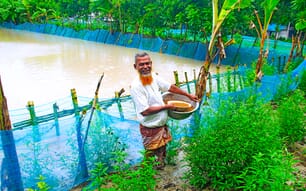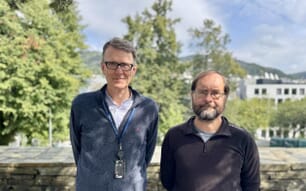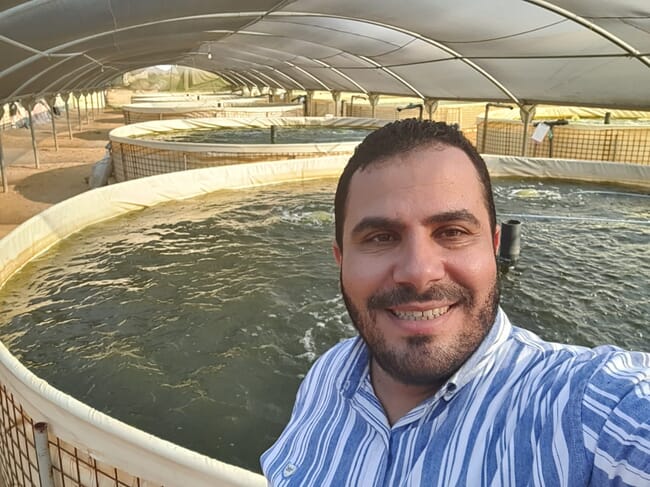
Elsamadony is the technical director at Faiyum Biofloc Farm where he's transformed a farm that suffered from water and production problems into the largest biofloc fish producer in Egypt
Can you describe your aquaculture career?
I’m the technical director of the Faiyum Biofloc Farm, head of the technical support department at Aller Aqua Egypt and a fish farming expert at the Arab Organization for Agricultural Development (AOAD). I’m also executive director and consultant for a group of specialised aquaculture farms – which include RAS and raceway facilities – in Egypt and the Arab countries. I have a master's degree in fish production.
What is the Faiyum project’s original goal and what has been achieved so far?
The farm was suffering from mismanagement and a scarcity of water, so I was invited to completely re-establish it. I redesigned the ponds, and added four greenhouses, with ponds for collecting the wastewater, which can then be used to irrigate and fertilise local farms, and hatchery ponds on a total area of about two acres.
What species and how many tonnes does the project currently produce per year?
We produce 50 tonnes of tilapia, divided into two or three harvests of fish up to 450 grams.
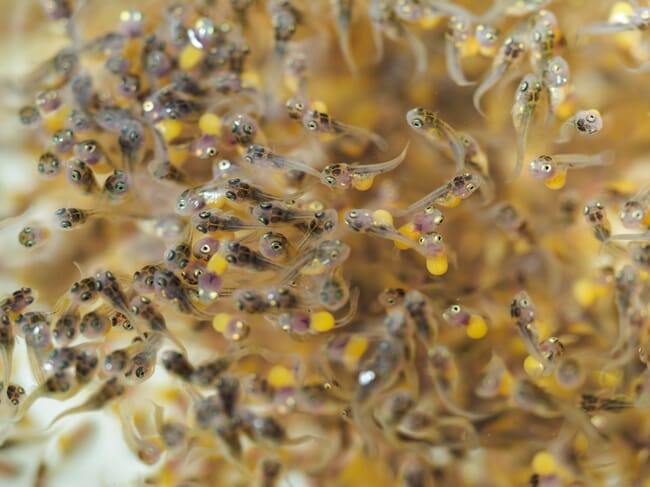
The biofloc system converts organic substances into a microbial protein that the fish can feed on, meaning the farm can produce 50 tonnes of tilapia each year without needing to rely on supplementary feed © Shutterstock
How does the biofloc system work?
It converts organic substances such as ammonia into a microbial protein that the fish can feed on, which leads to a reduction in the amount of supplementary feed required.
What are the considerations for establishing a biofloc system?
The medium in which the fish are placed must be smooth and soft, so the tanks must be lined with plastic.
Aeration is very important, because the microbial activity consumes large amounts of oxygen. It is also important that the depth of the water does not exceed 1.25 metres, otherwise it can lead to a lack of aeration at the bottom, which creates microbial sedimentation.
What are the advantages and disadvantages of the biofloc system?
One of its advantages is that it is a water-saving system, as the production is good compared to the amount of water consumed.
It is also a closed system that contains beneficial bacteria, thus improving biosecurity and preventing the entry of diseases. Furthermore, it reduces feed use by about 25 percent – thus increasing profits and improving water quality
The disadvantage is the increased energy requirements to ensure aeration.

The biofloc system converts organic substances such as ammonia into a microbial protein used to feed the fish
What were the biggest challenges you faced when starting?
No one at the farm was fully aware of how to run a biofloc system, so I had to teach and train the young farm workers, and I bore the mistakes that resulted from their lack of experience.
I also had to overcome the idea that the system consumes a lot of electricity, and is therefore not economically feasible. This was dispelled after we had harvested 7-8 full cycles while only changing 30 to 40 percent of the water.
What does a typical day in a biofloc farm consist of?
Observing the condition and appetite of the fish, and assessing the concentration of the floc level in the water. If it is higher than the optimal level it’s possible to reduce the quantities of feed or change up to 10 percent of the water. Taking water samples for analysis is also important.
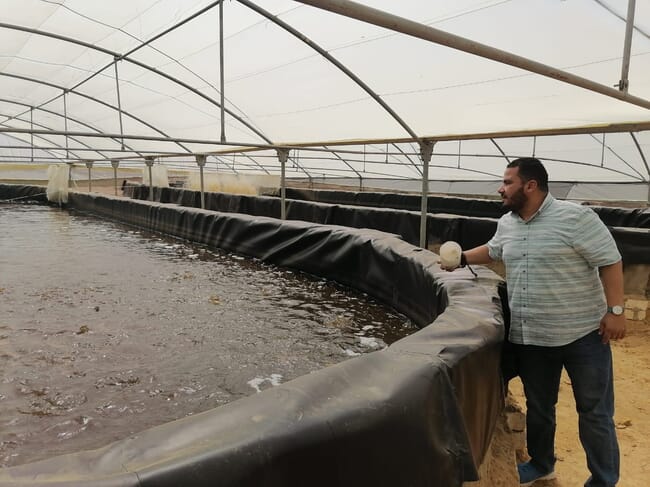
After training the farmers in the new biofloc system, Elsamadony now only visits the farm a few times a month as a consultant
What is your biggest achievement on your farm so far?
The evolution of the farm from a place that suffers from water and production problems to a place that is the largest biofloc fish producer in Egypt. I have also helped to set up biofloc farms in the UAE, Jordan and Saudi Arabia.
What are the plans for the future development of the farm?
We plan to raise the stocking densities to 30 kg/m3
Is the future of aquaculture represented by biofloc?
That depends on the location. In places of water scarcity, biofloc should be applied.


